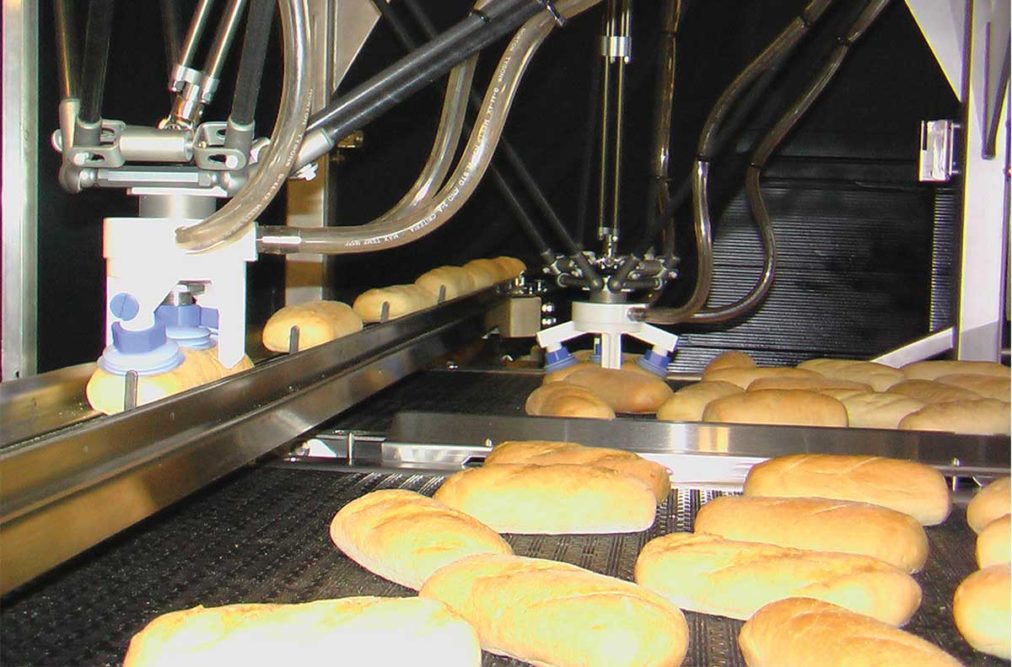In the midst of the coronavirus (COVID-19) pandemic, many bakeries sought to convert packaging from bulk to single-serve horizontal form/fill/seal wrappers to ensure product was safe from contamination. When making that change, bakers need to ensure they have enough space for equipment and training and must choose the right packaging materials.
Bakeries need an adequate footprint to install new or upgraded packaging equipment.
“Space in my mind is the biggest obstacle,” said Bill Kehrli, vice president of sales and marketing, Cavanna Packaging USA.
He added the faster the line is moving, the more space is needed. As products come out of the oven or freezer, the HFFS equipment must keep pace.
When a company decides to install equipment, it is best to keep the product flowing in the same direction and minimize transfers.
“Whether it’s elevation changes or longitudinal direction changes, it slows the rates down,” said Richard Kirkland, president, LeMatic Inc.
When installing new equipment, bakeries must also account for proper training. Mr. Kehrli pointed out that there is a learning curve when moving to HFFS machines because they run much faster than bulk, are more complex and require more precision maintenance.
“Cleaning and sanitation is much simpler on bulk than retail, so they need to be aware of sanitary design principles and cleaning because it’s more equipment and more product handling,” he said.
Handling and cartoning individually wrapped items that were previously sold in bulk pose new challenges and may require more advanced secondary technology such as top loading, said Andreas Schildknecht, global product manager robotics and bakery, Syntegon Technology.
To maintain the product quality and shelf life, bakers need to choose the right packaging materials and label products correctly. Products that are tightly packed protect items better, , said Andreas Schildknecht, global product manager robotics and bakery, Syntegon Technology. Material choices include clear and laminated, standard, biodegradable, compostable or paper packaging. Several factors must be weighed.
“What shelf life are you looking for? Are you looking for a barrier type material in your FFS, or do you need something that’s breathable?” asked Mark Finneran, United States sales representative, Niverplast. “You want something maybe that’s vented to allow steam or moisture to escape the product if it’s a fresh product that’s still cooling.”
Products must also be correctly labeled, and the rules are different for foodservice versus retail. Retail packs may need to include a logo, bar codes and nutritional information such as product weight and ingredients.
“Next to film material also sealing time is important,” Mr. Schildknecht said. “This determines the speed per wrapping line and ultimately the amount of wrapping lines needed for a solution.”
Determining how to seal packaging depends on a bakery’s top priorities, said Jerry Buckley, south central sales manager, BluePrint Automation (BPA).
“If seal integrity is the most important factor, then heat sealing may likely be the best choice,” he said. “If speed is the required factor, then cold sealing is commonly a better choice.”
This article is an excerpt from the February 2021 issue of Baking & Snack. To read the entire feature on horizontal FFS, click here.






